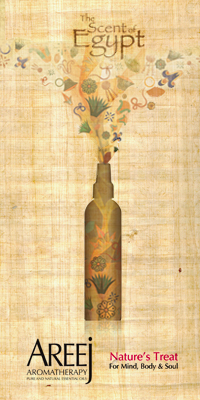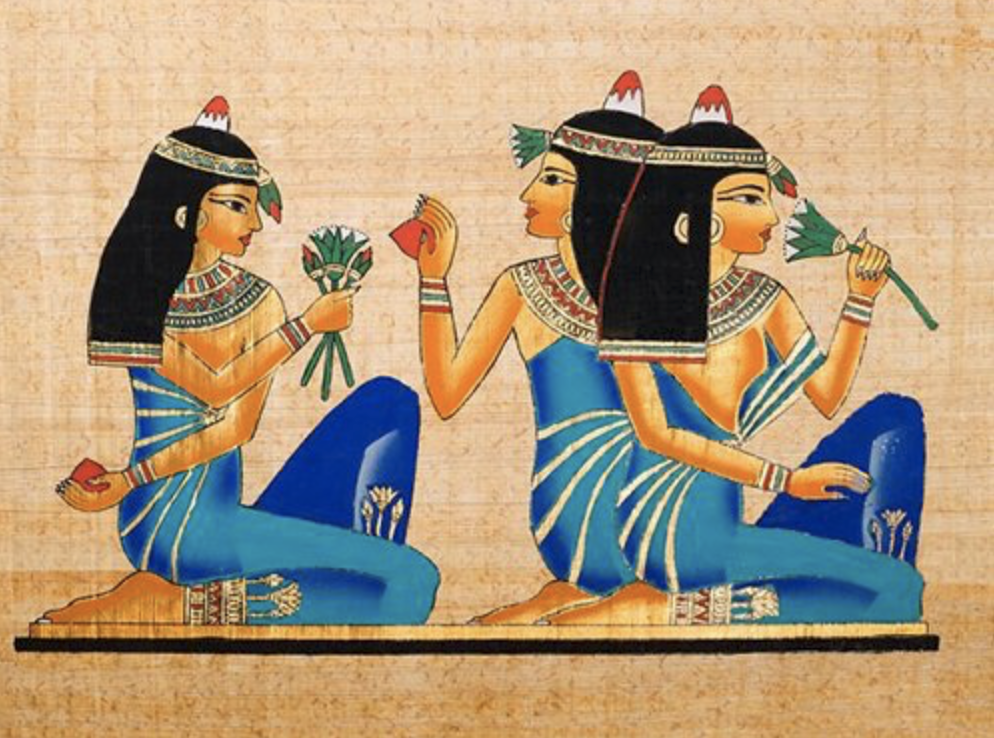No products in the cart.
Ancient Egyptians were the first in the world to invent extraction of flower essences, and they are credited as some of the first perfumers in history. Egyptians were the first civilization to incorporate perfume into their culture.
The roots of aromatherapy lie in ancient civilizations, particularly that of Egypt. The goal of aromatherapy is to provide holistic therapy in such a manner that the body cannot be separated from the mind, soul, or spirit.
Ancient Egyptians were masters of the holistic and believed that beauty, magic, and medicine were inseparable. They recognized body care and beauty to start with cleanliness. Unpleasant smells were associated with impurity, and good smells indicated the presence of the sacred.
In no other country or culture was the concern with body care and beautification so extensive, and it even transcended economic status. Body care was a prerequisite for all Egyptians. It was a common practice for both, men and women, of all classes, to oil their bodies daily as a form of moisturization and protection from the hot arid conditions. Records show that body oil for daily use was one of the basic supplies issued in the form of wages even to the lowest class of workers. Body care and cosmetics were a common daily concern cutting all societal divisions, just as they are today.




